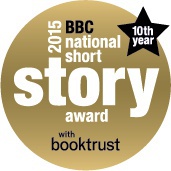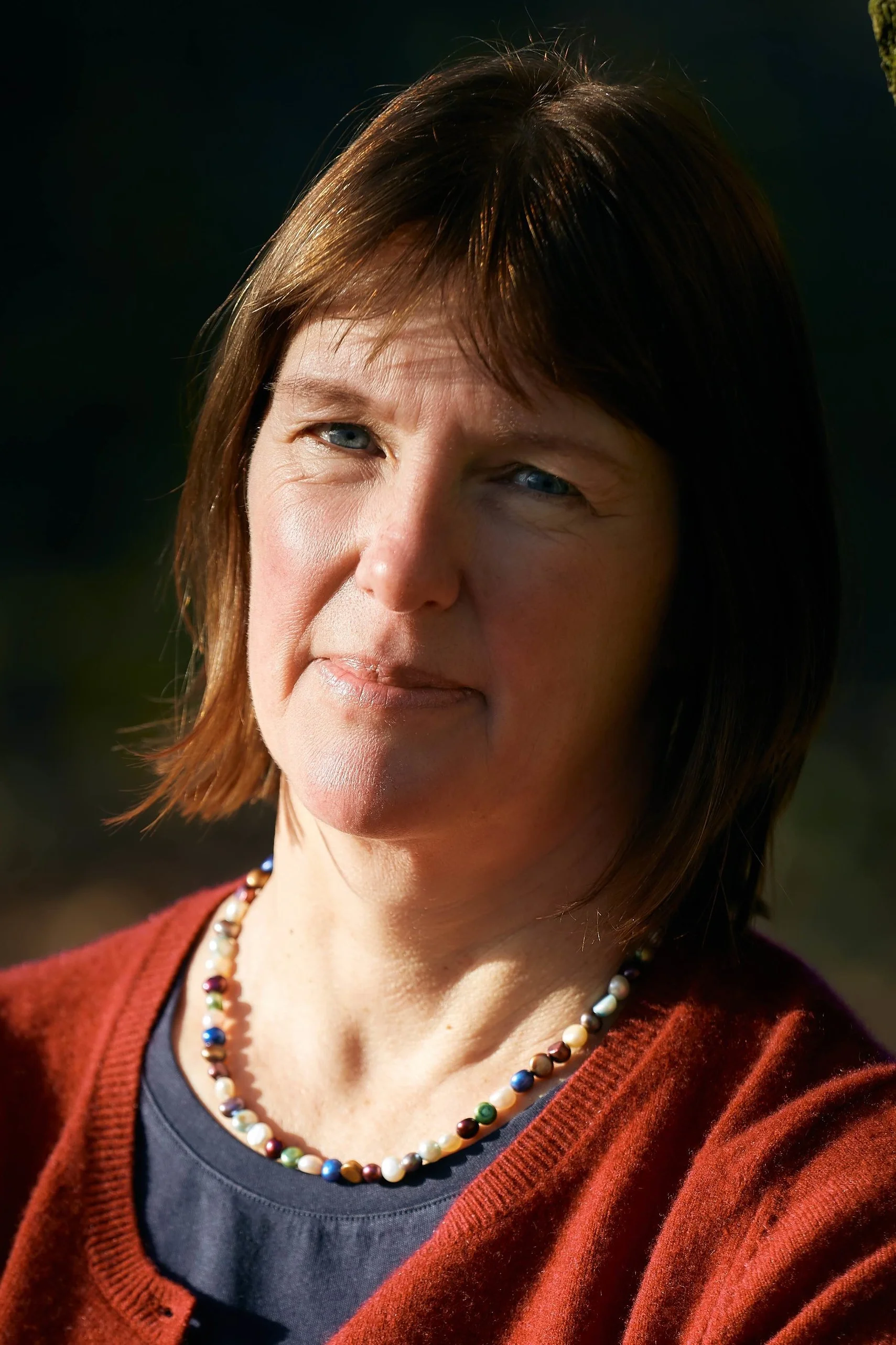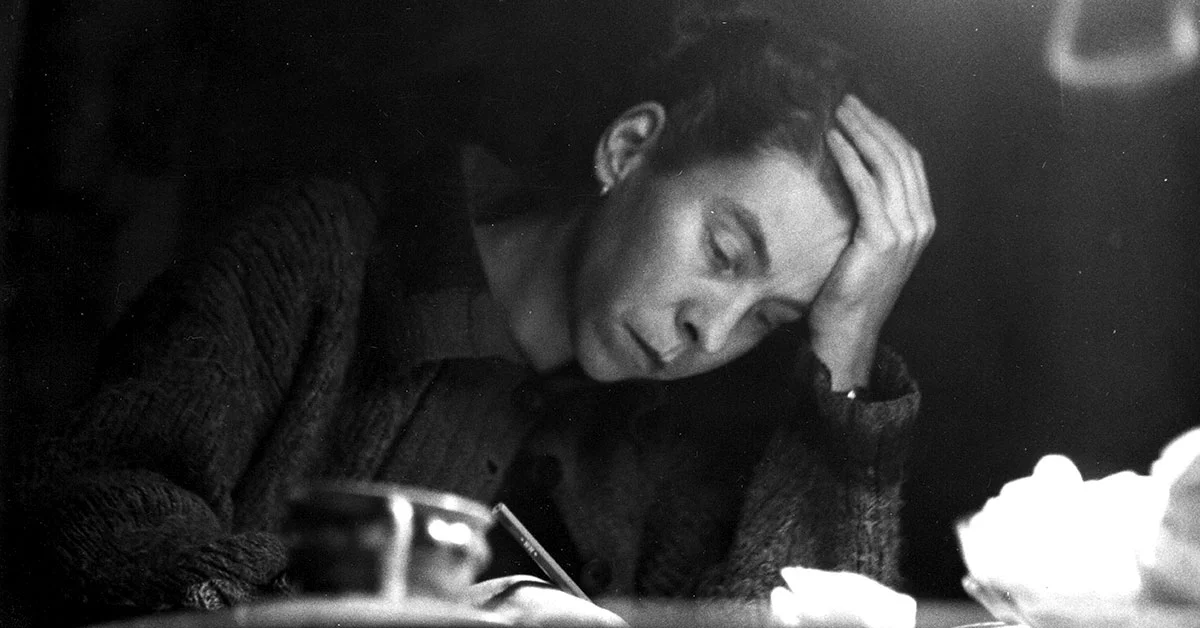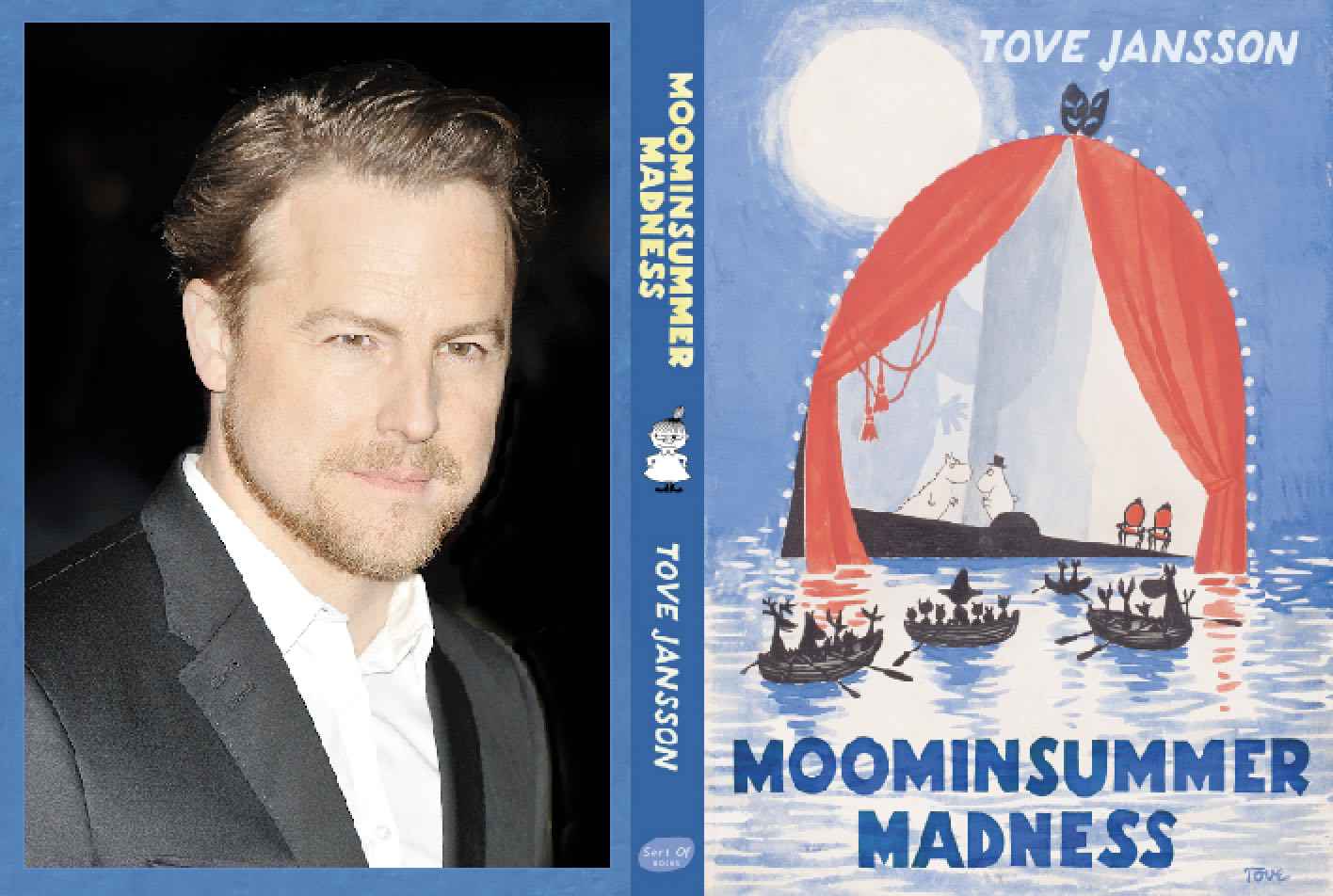This biography seems a labour of love, meticulously researched and carefully composed. Can you tell us what drew you to Tove Jansson as a subject and how you went about your research?
The Moomin books were part of my childhood and read by my whole family. My father gave me Moominland Midwinter as a Christmas present when I was six, the same year it was published, and I was an early fan of the Moomin comic strips which were published as albums.
It was the idea of the family as an entity that was secure and defined yet able to expand and include others, which first caught my imagination. When I came to choose a PhD dissertation I knew that I wanted to delve further into this world and picked as a subject the ideologies and philosophy in Tove Jansson’s work. There were no books to fall back on but I had received a long, generous and encouraging letter from Tove, which, of course, had a huge impact on me.
It was during this research that I became more and more absorbed with Tove Jansson’s dual identity as an author and artist and the various ways she expressed this. I began to seek out pre-Moomin works, digging in all sorts of archives and finding an array of political and comical drawings, early short stories, illustrations for magazines and books, early cartoons and so on. I was also discovering paintings, murals and prints, gathering a wealth of material that I couldn’t really use in my dissertation. The thought of writing a biography flowed naturally from this.
What were your impressions of your first meeting with Tove and how did she respond to the idea of being the subject of a biography?
The first meeting took place in 1982. I was so nervous I was convinced I wouldn’t be able to say a word, but my shyness didn’t seem to bother her much. Anyway, we sat for two days in her studio and talked. I still have my notes. One of my photos from this meeting is included in the biography. Somehow – in the mysterious way these things happen – we managed to click. “Oh dear, have you found those!” she said when I asked her about some early stories and pictures that I had come across.
When I returned to Helsinki the following year I was invited to stay at a small one-room apartment that Tove and her long-term partner Tooti [the graphic artist Tuulikki Pietilä] kept for storage, called Apartment 45. It was located in the same building as their own apartments (they kept independent ones, adjoining each other). At that time Tove offered me her early diaries to read and suggested I look through the stuff in her studio, including her personal archives and work notebooks. The diaries hadn’t been shown to anyone before and I was stunned by the privilege. I copied them by hand into small notebooks, working like a demon for five days and nights. I then returned several times to explore all the collected material in the studio. It was mostly kept in brown boxes, but later on I found papers and notebooks placed here and there. For example, one book with notes about painting turned up between some art books in one of the bookshelves.
It was a matter of confidence from the beginning, otherwise I don’t think Tove would have allowed me access to private material like diaries, notebooks and letters. The biography project came up for serious discussion after my dissertation. It was really quite simple. She had seen how I worked and said: If anyone should write my biography it’s you.
She didn’t read my dissertation until it was ready for publication. I then got a postcard (she was on her way to England), which said ‘finally a real book of what I have tried to accomplish’. In the end she added (in English), ‘You did it!’
How involved did Tove and Tooti become in the process? In what ways did they help?
I used to compose questions in advance about a special subject or a special event but unexpected topics could pop up at any time. Tove and Tooti might tell me things or a question might suddenly occur to me. I think it’s important to realise that you can’t prepare everything in advance, working as I did. The key word in our work on the project was ‘material’, meaning documentation of all kinds. This was extremely important both to Tove and to Tooti. They were both scrupulous about accuracy, even when it came to personal subjects. They respected research when it was seriously done and could discuss it as a working process, just like their own. When Tove gave me access to her private letters she didn’t make any special comments. She might provide some information about the addressee or about places mentioned, nothing else. When I later talked with Tooti she was careful to say that she couldn’t comment on anything that happened before she met Tove in 1956.
I used to visit them in Helsinki nearly every year during the 1990s, one week each time. I made notes during our talks but never used a tape recorder which would have spoiled the free atmosphere between us. None of us liked to work that way. One good thing was that I could make copies of some of the material. They had bought a little photocopier early on, which they placed in Tooti’s apartment and handled with great care.
After I was given a free hand with the archive (both in Tove’s studio and in Apartment 45) I worked practically undisturbed, making my notes. It took me several years to write the biography, but it also gave me an opportunity to explore everything from two different perspectives – with Tove and without her.
Basically the procedure was the same with Tooti. I used to ask questions when things were unclear. There was never any question of her influencing or controlling me. She didn’t read anything until the book was finished. Tove, sadly, never had this chance since she died in 2001.
Were there surprises to be had in the research?
One wonderful surprise was coming upon a cache of Tove’s letters to her family and friends. This turned up after a couple of years. Initially Tove had said that she hadn’t kept anything. They included her letters to Eva Konikova in America; Eva was a close friend throughout the 1930s and 1940s and these offered views of the young Tove, pre-fame. They are frank and open, revealing the topics that were important to her at that time: art, politics, work, problems with money, family problems, love affairs. She talks a lot about the war; she composes a feminist program of her own; she shows an interest in the commercial possibilities of launching the Moomin figure abroad.
In letters and notebooks, Tove talks repeatedly about her inability to say no – a difficulty that persists throughout her life – and discusses the pros and cons of Moomin work and the fame it brings. It is clear that there were serious drawbacks for her in the Moomin phenomenon and the way it blocked her work as an artist and painter becomes more and more clear in the letters. She was never really alone and longed for the solitude to think and write.
Tove’s incredible capacity for work is another factor that emerges. She worked all the time. Her motto was ‘work and love’, in that order. I used to wonder when she slept when she was younger. Her love affairs, both with men and women, were many. That, I knew at the outset. But it was interesting to see how she would retain former lovers as friends or as work colleagues. The many self-portraits in both Tove’s pictures and writing also became a means for discovering new sides of Tove as an author and artist. Self-portraiture was almost an obsession for Tove and it began with her early diaries in the 1930s and ended with her last book, a collection of short stories. She wrote no traditional autobiography but one might say that she created a narrative of her self throughout her work.
Can you describe a typical day of research in Jansson’s studio? I used to arrive about nine or ten and work my way through the brown boxes piled high along a bench, making notes all the time. I got a laptop in the mid 1990s but it was more practical to work by hand in the studio at that time. I often sat on the floor. If Tove was around she would offer me a whisky and water (I took a lot of water) and some cigarettes and then she would sit with her own ‘job’ – for example answering letters – while I went on with mine. Sometimes we had coffee and talked, sometimes I was invited to dinner at Tooti’s. Dinner was quite early, about five o´clock. They liked to watch movies in the evenings and sometimes I joined them. On a few memorable occasions she would read me a chapter from a new book.
After Tove’s death the studio became different, of course. I worked there by myself with my new laptop sitting by a table. I tried to ‘scan’ the whole studio, working my way through everything that I found. The tools were now different. And so, of course, was the atmosphere. But the studio is a very calm and quiet place and it gives you a feeling of being in a world of your own.
Work and Love was Tove’s motto. Can you tell me more about discussing the personal side of Tove’s life?
She could be enigmatic – sometimes open, sometimes not. It happened that I was having problems in my own relationship at the time and she was very interested in all the details of this. She’d hurry along to my room to tell me I had a phone call, saying ‘Boel, Boel, it’s him!’ It offered us a way in to these issues.
Tove talked of being much wilder when young and having several affairs with both men and women. She had a large circle of lesbian and gay friends but didn’t make any fuss about this and certainly never wanted to be labelled by her sexuality or to become any sort of spokesperson or figurehead. She told me they used to refer to themselves as ‘spooks’ living on ‘the other side’. You must remember that homosexuality was a criminal offence until 1971 in Finland.
Vivica Bandler, her first female lover, was an incredibly charismatic and self-assured woman. They met in the 1940s and the passion of their affair came as a revelation to Tove, completely overwhelming. Yet it lasted only three-and-a-half weeks as Vivica had to leave for Paris. She was also at the time involved with the philosopher and politician, Atos Wirtanen, but this was quite another kind of love. She cared for him deeply but had always known that she could never be central in his life – politics and revolution came first. ‘Now I’m the sun shining’ she wrote happily to her friend Eva after meeting Vivica. I was surprised to see in his memoir that Atos barely touched on their long relationship; Tove comes across simply as a charming creature, nothing more.
Of course when she met Tooti her life completely changed. It became calmer, more settled.
Can you tell me more about Tove and Tooti’s relationship?
Neither Tove nor Tooti were willing to talk much about this. Tooti would close the subject by saying ‘we love each other like anyone else’. There’s a bit of a myth about Tooti; that she would jealously guard Tove from contact with others, turning down invitations that Tove might wish to accept. I didn’t see this. I think if anything Tooti fulfilled an important role for Tove who felt obliged to please her public and, as I’ve already said, found it impossibly hard to say no. Behind closed doors Tove could be very frank in her appraisal of others and angry at their impositions, but she could never express this directly. Tooti could. And I think Tove might have relied on this. Tove used to cite Tooti as the inspiration behind Moominland Midwinter; the book about coping with things when they get difficult. Also, much as Tove loved parties, she had a yearning for solitude which Tooti absolutely shared. They would relish their retreats to their summer island or trips abroad together, getting away just by themselves with no need for anyone else. They knew they could find peace and a sense of freedom together.
Were there discoveries that you made, that Tove or Tooti asked to remain ‘off the record’?
Very, very little. Tooti did not want me to write the name of a lesbian club in Paris where they passed each other in the crowd in the early 1950s, so I left that out. But that was about all.
Tove was once disturbed by an accusation of plagiarism that appeared out of the blue in the 1950s (and was proved to be wrong) and when I mentioned this in my dissertation she got a little sour at one point. But she never said no to anything. Sadly, when I was actually writing the biography, she was gone.
It goes without saying that one must be sensitive in writing about people who are still alive, and have families and other relationships. I was naturally aware that Tove didn’t tell me everything and that things were left out. But no one is entitled to another person’s life. My starting point was the work of a famous author and artist and what I tried to do was to connect her work to her life, documented by letters, notes, articles, diaries and so on. Her archive was, of course, her own creation but it was a very unpredictable one that grew beyond its creator’s control.
Given Tove’s prodigious output, were there moments when the project seemed an impossible task?
Sometimes I wished that there hadn’t been so much material! I found new things all the time and it was difficult to bring the book to an end. I was also surprised, I think, by the sheer extent of her work – writing, illustrating, painting. It was an amazing output.
What was the highlight?
Reading all the letters. Absolutely. Tove was a brilliant letter writer and many of them could be read as stories in their own right, or as pieces of poetry that sweep you into her worlds. And this has turned out to be my own next project, editing the letters for publication. They will come out next year in Finland and Sweden, to celebrate Tove’s centenary, and they will be published in English, too, translated by Tom Teal, who knew Tove himself, and did the wonderful translation of The Summer Book.
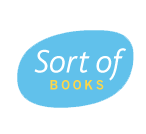
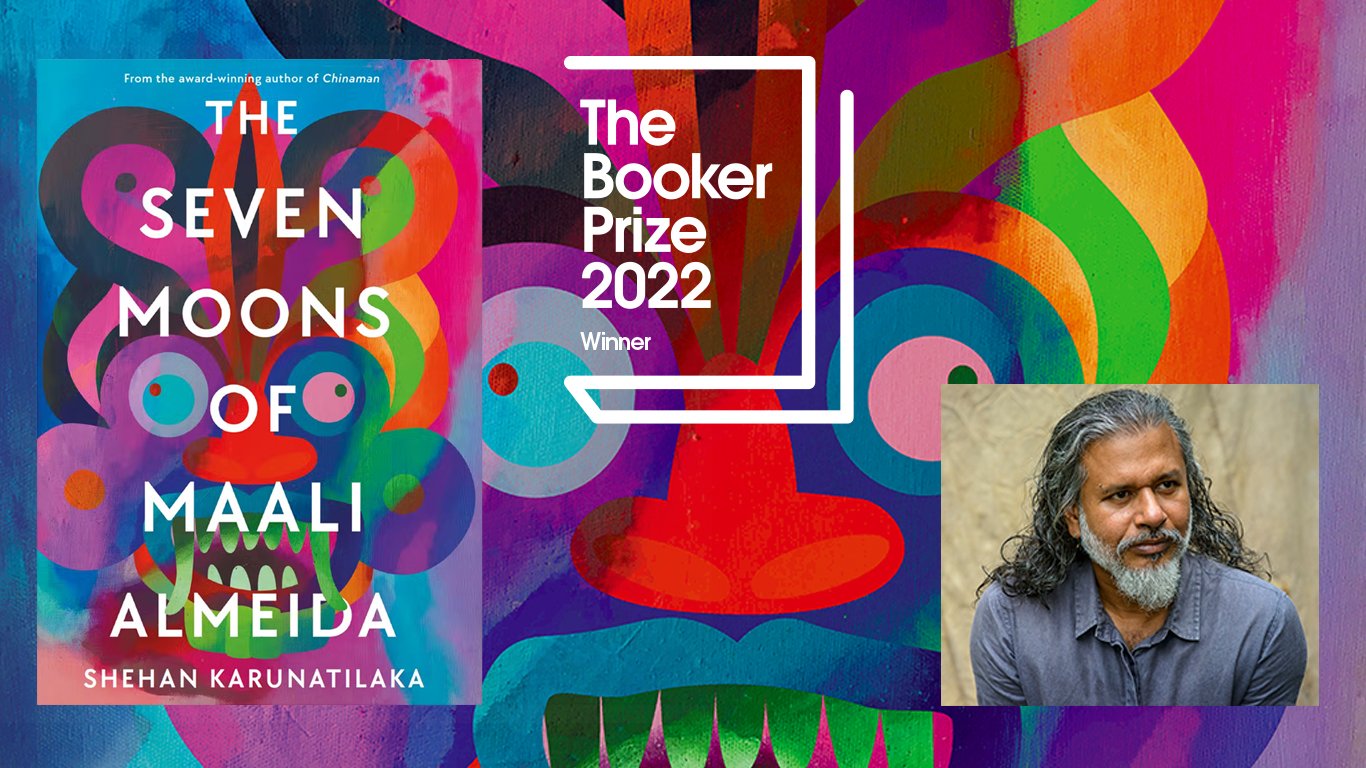

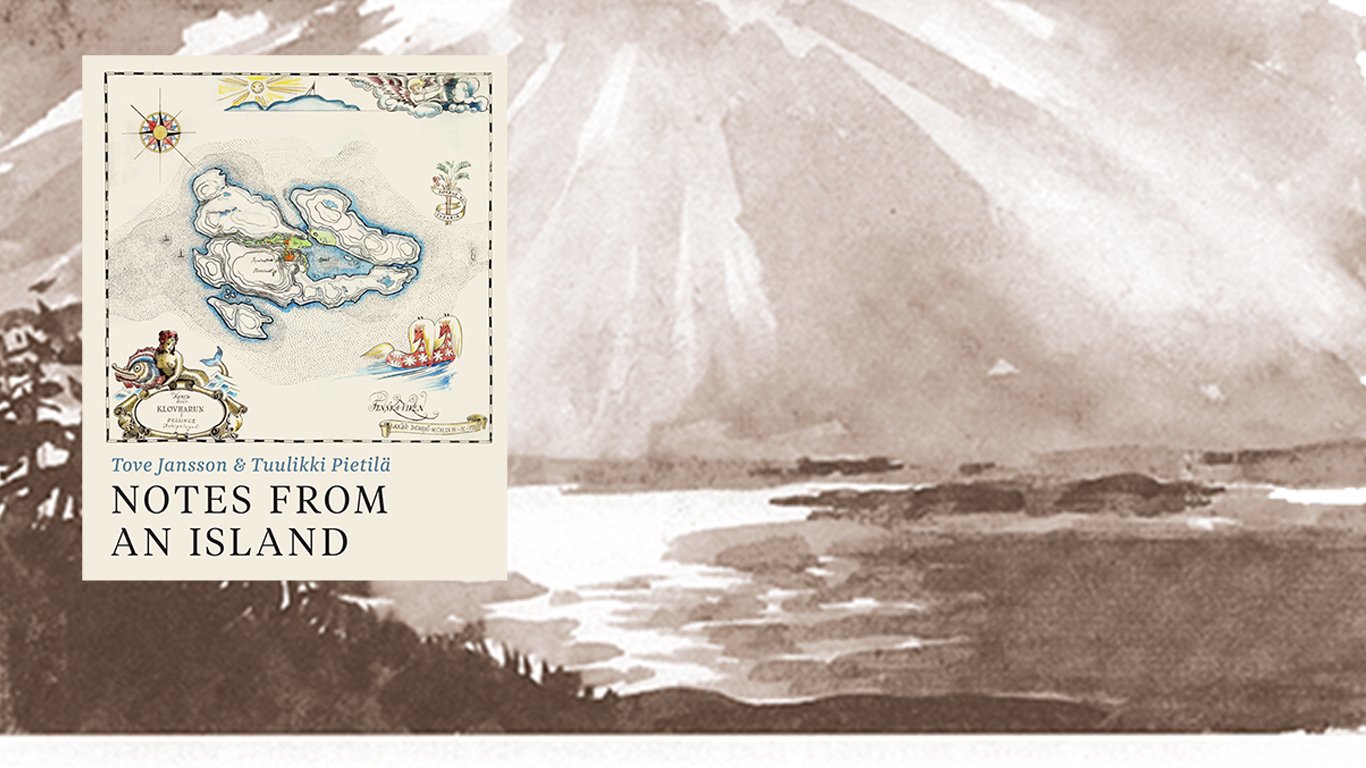



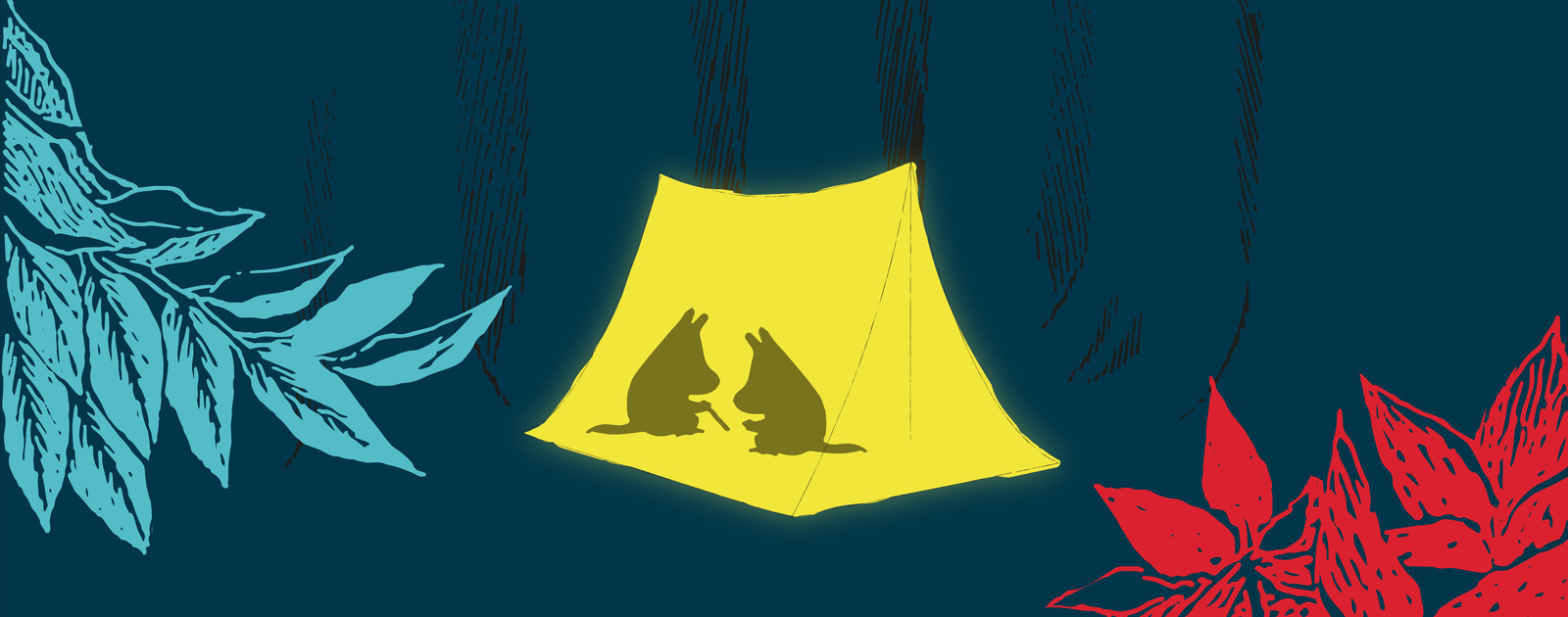
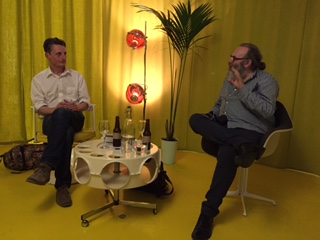
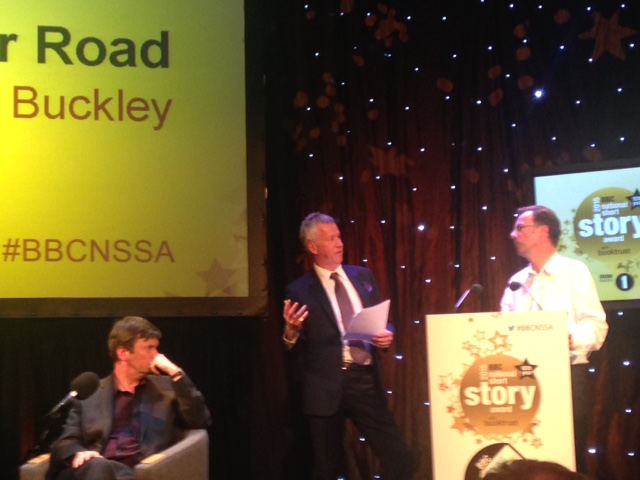 Jonathan Buckley has won the BBC national short story award
Jonathan Buckley has won the BBC national short story award 